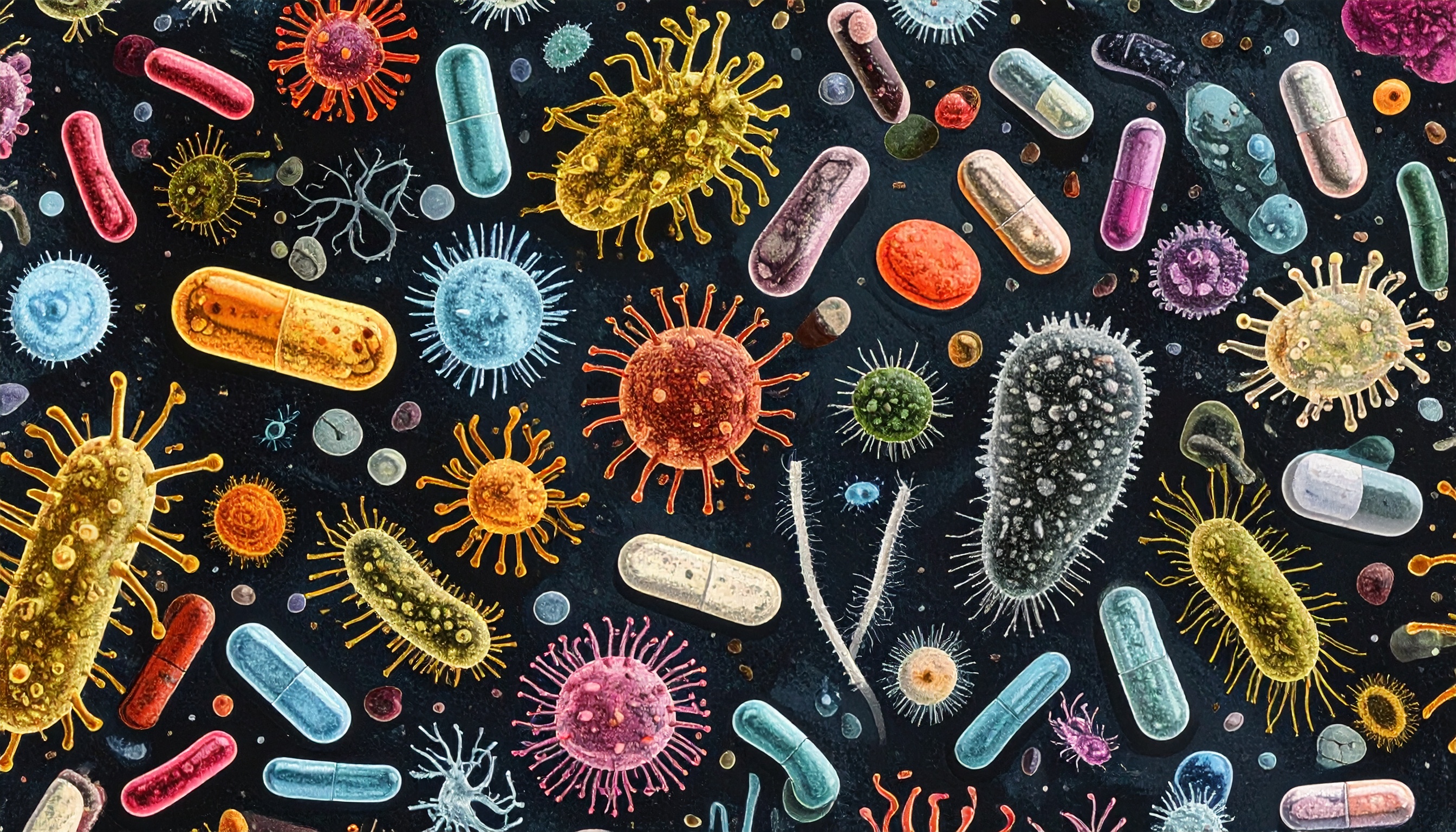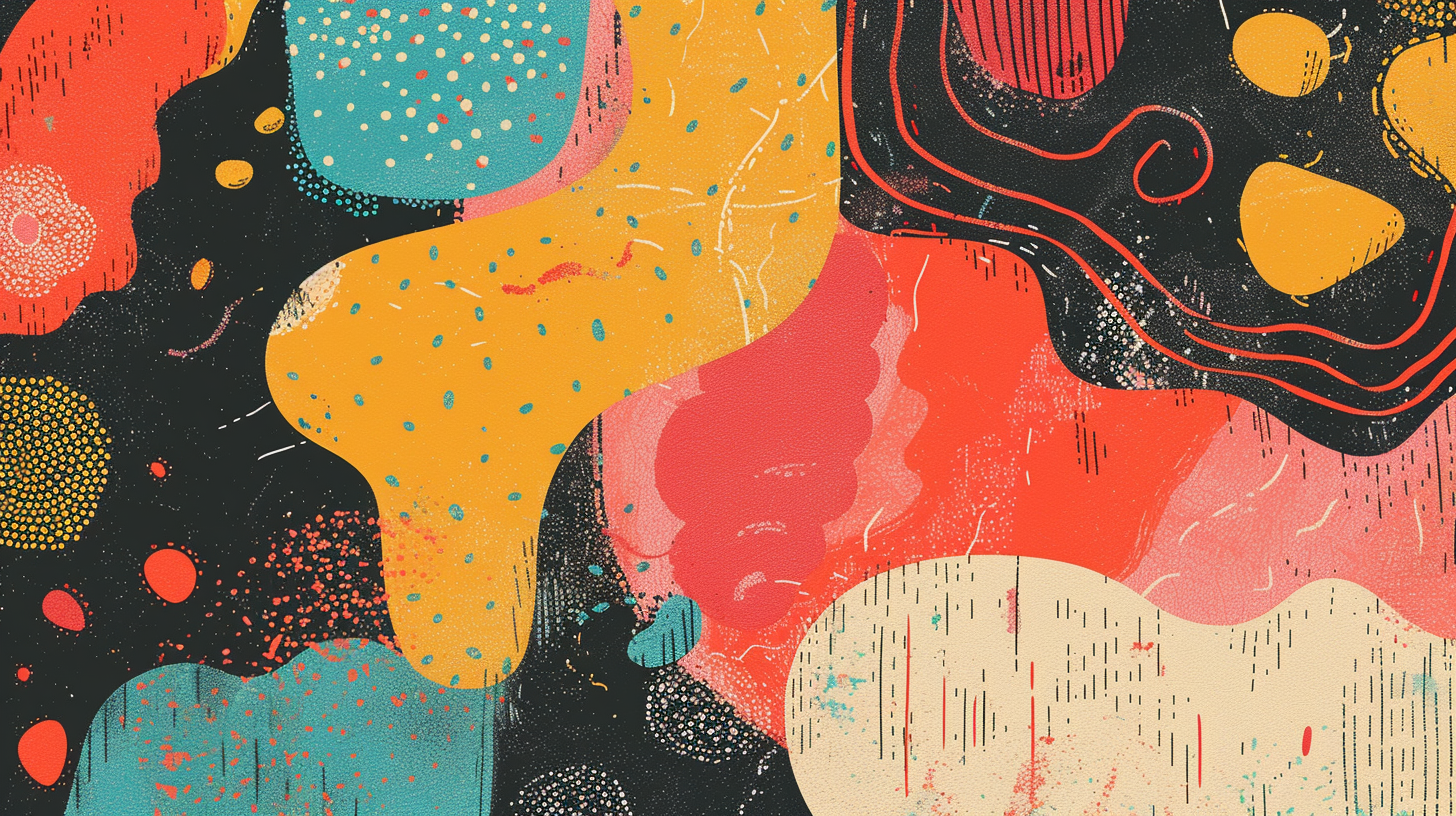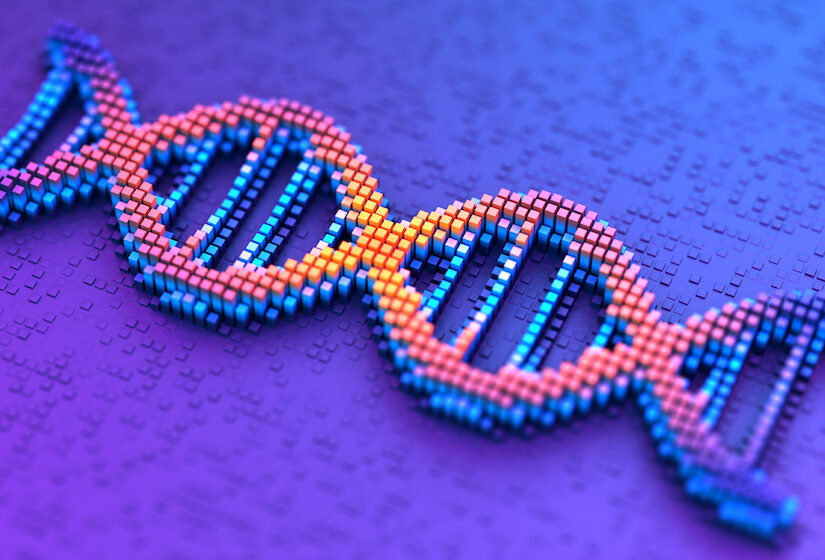While antibiotics save lives by fighting dangerous infections, their impact on your antibiotics gut microbiome relationship is more severe and long-lasting than most people realize. New research reveals that even a short course of antibiotics can disrupt your gut bacteria for over a year – a finding that’s changing how scientists view the true cost of antibiotic treatment.
The antibiotics gut microbiome connection has become one of medicine’s most concerning discoveries. While we’ve long known antibiotics can temporarily upset stomach bacteria, groundbreaking research shows the damage runs much deeper. Scientists studying the antibiotics gut microbiome relationship found that even brief antibiotic exposure can permanently alter your intestinal ecosystem, potentially shifting your bacterial community into an entirely different state that may never recover to its original balance.
How Antibiotics Gut Microbiome Changes Persist for Months
It’s long been acknowledged that antibiotic treatments typically lead to a reduction in microbial species diversity (1). In cases where recovery of the microbial community is prolonged – or doesn’t happen at all – the risk of colonization and overgrowth of pathogenic species is greater (2). Now, these new findings demonstrate that even brief antibiotic exposure can lead to long term consequences for your gut composition – imagine recovery time of over a year for a short course of antibiotics!
Even brief antibiotic exposure can lead to long term consequences for your gut composition – imagine recovery time of over a year for a short course of antibiotics!
One of the most common antibiotics used in health care today, clindamycin, appears to also have an even longer recovery time than initially anticipated, raising questions regarding the use of long-term courses of antibiotics and how they influence our gut microbiome compared to shorter courses (3).
Why Your Antibiotics Gut Microbiome Recovery Takes So Long
As if it’s not enough that poor diversity of good gut bugs makes you more vulnerable to getting the bad ones, there is also a risk of kicking your gut microbiome all the way out of the playing field. The researchers explained this effect with an analogy of valleys and balls: think of your gut microbiome as a ball resting in a valley, when antibiotics enter the body, the ball is kicked into another valley and may not be able to find its way back. In other words, your gut microbiome changes from one composition state to another – and perhaps permanently (3).
What Happens to Your Antibiotics Gut Microbiome Balance
The human microbiome is a complex system and, while this new insight into the dynamic between antibiotics and the gut microbiome seems to indicate a relationship that is dicey at best, the researchers stress that one should be cautious to over-interpret the results. One study is not enough to conclude anything concrete concerning as complex a system as the microbial community of the human gut (3). Still, these findings do suggest tendencies that should be fully explored, as well as highlight the importance of understanding the dynamics between antibiotics and the microbiome.
Even clindamycin, a staple antibiotic trusted by doctors daily, is proving to be a gut microbiome destroyer with unexpectedly long recovery periods – raising red flags about how we’ve been approaching antibiotic treatment all along.
Don’t get us wrong – antibiotics save lives and sometimes there’s no choice. But now you know the real price: potentially permanent changes to your gut ecosystem. The good news? You can stack the odds in your favor. Think probiotics, prebiotics, and gut-friendly foods that help your beneficial bacteria bounce back stronger. It’s not just about recovery, it’s about building a more resilient microbiome for the future. That’s exactly what GUTXY specializes in: turning your gut health around, one bacteria at a time.



